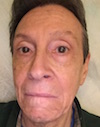 [As some of my readers know, in addition to my professional work as a critic, historian, and theorist of photography I’m an avocational, on-again-off-again writer of poetry, short fiction, and creative nonfiction. You’ll find information about that elsewhere at The Nearby Café.
[As some of my readers know, in addition to my professional work as a critic, historian, and theorist of photography I’m an avocational, on-again-off-again writer of poetry, short fiction, and creative nonfiction. You’ll find information about that elsewhere at The Nearby Café.
In 2005 I began preparing for publication a book titled Like Father Like Son, combining my own poetry with that of my father, Earl M. Coleman. In its published form, our book has two front sides and no back side, so as to give equal weight to both my father’s work and my own. (For a selection of my father’s work online at The Nearby Café, click here.)
Earl decided to include in his half of the book an interview with him that the editor of a “little” poetry magazine had conducted and published. I decided to mirror that in my half of the book; but, having no apropos existing interview to use, and no available interrogator to conduct one, I decided to do it myself, asking myself a set of questions comparable to those my father had answered. This is the result, drafted between August 2005 and June 2006.
Periodically, here at this blog and elsewhere, I have discussed my practice as a critic. But I haven’t published much about my writing as such. This is the most extensive consideration of my craft that I’ve ever drafted. Since some readers have asked about my background, it seems fitting to post it during this 50th-anniversary year.
In this meditation I make occasional reference to poems from the book not included in this self-interview. You can download a pdf file of my half of the book here. Part 3 appears below; click here for part 2. Part 4 will appear shortly. — A.D.C.]
•
Allan Douglass Coleman: A Self-Interview (3)
… Q: Then what?
A: In 1995, when I’d accumulated what I felt was a backlog of solid work, some sixty or so poems, I asked my dad to look it over. By then he was well into his own process of re-energizing that aspect of himself. Along with his wife Ellen, an excellent editor and equally close reader, he critiqued what I’d produced, and told me the best of it deserved publication. So he shared with me his approach to submitting to literary journals, and his list of target publications.
I vetted and amended that list to fit the parameters of my own work, then began sending poems out. I haven’t been as assiduous as he has with that, nor as systematic; I took a five-year hiatus from the submission process, coming back to it only in early 2005. But I’ve had a fair degree of success, though nothing on the remarkable scale of his.
Q: It sounds as if the two of you are very close.
A: I love and admire many things about my dad. He’s a difficult father, and, partly in response to that, I’m undoubtedly a difficult son. We still have areas of stress between us. To my surprise and delight, the locus that a Freudian would likely have predicted as the arena of highest competition and conflict between us — the craft and medium to which we’re both committed, writing, which is central to both our identities — has been trouble-free since the beginning. I can’t remember ever feeling jealous of his ability or accomplishment when I was young and he was so far ahead of me. I’ve never felt the slightest envy of my achievements as a professional writer emanating from him, only pride and enjoyment and support.
Partly that’s because we both know how to give and receive critiques without hidden agendas. Partly it’s because I don’t think I’d have become a writer if it weren’t for my parents, especially my father, so I’ve known that debt all along and repay it gladly. I take nothing but pleasure — and a message of hope (not to mention a sterling example) for myself as a poet returning to that mode in middle age — from the success he’s earned with his work since 1990 or so.
That’s why, when he was editing his first collection of poems, I created a section of my website, The Nearby Café, with the same title as the book, Stubborn Pine, to spotlight him and make his work more widely available. Writing represents the single clearest space my father and I have ever occupied with each other, and the most enduring terrain of friendship and mutual assistance we share. Doing this book together acknowledges that bond.
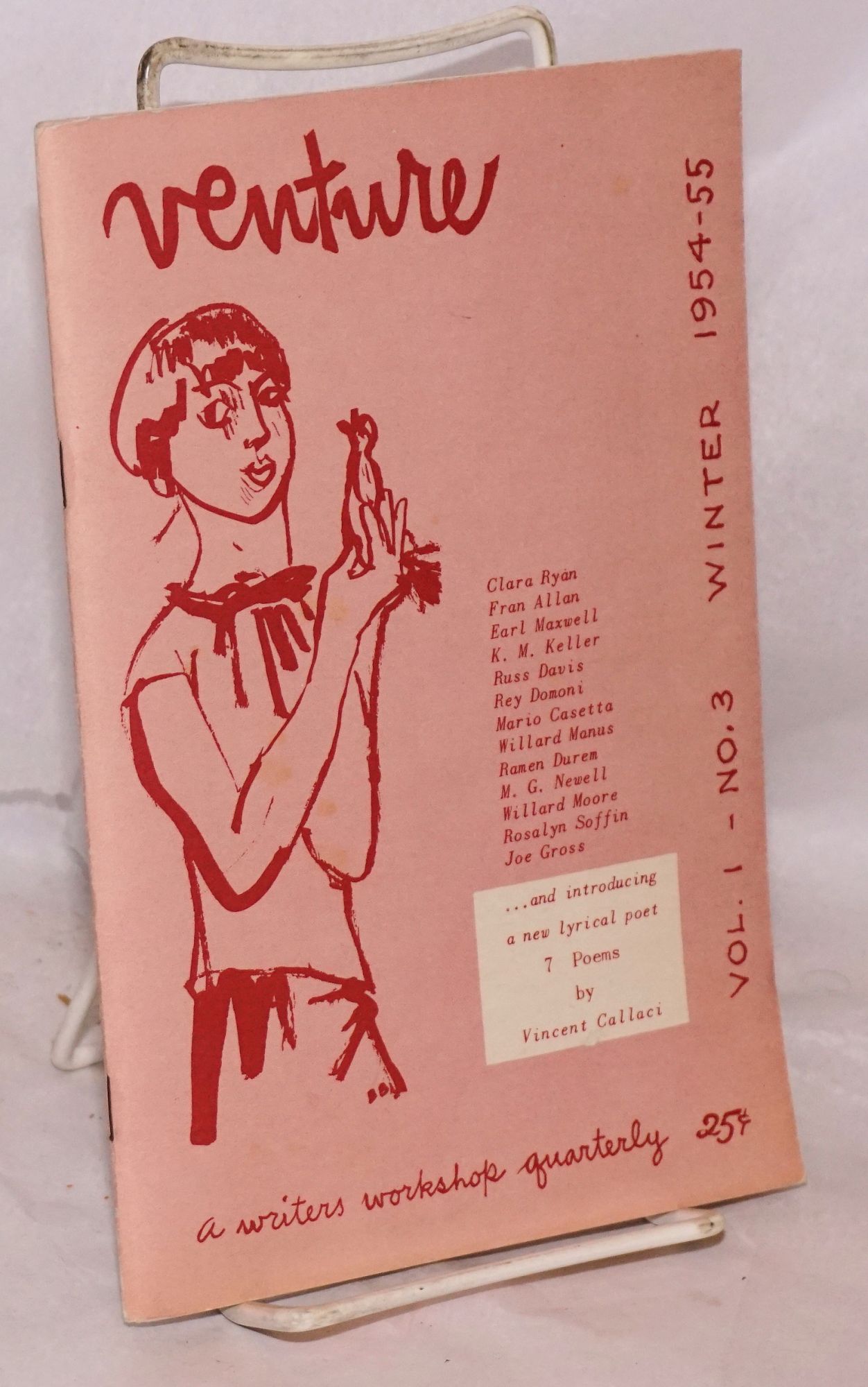 Both Earl and Frances, my mother, wrote. Pop ran a writers’ workshop in our apartment’s living room until I was almost 14, and that group published a notable literary magazine, Venture, that was edited there. Many of the people they knew wrote — poetry, fiction, political tracts, scholarly essays, non-fiction. Together my parents founded a publishing house. Our home was always full of books, galley proofs, manuscripts, typewriters. Working with words seemed as normal as eating breakfast. My parents encouraged me whenever I wrote, but never pressured me to write — a delicate balance to strike. So I owe them both a huge vote of thanks in that regard.
Both Earl and Frances, my mother, wrote. Pop ran a writers’ workshop in our apartment’s living room until I was almost 14, and that group published a notable literary magazine, Venture, that was edited there. Many of the people they knew wrote — poetry, fiction, political tracts, scholarly essays, non-fiction. Together my parents founded a publishing house. Our home was always full of books, galley proofs, manuscripts, typewriters. Working with words seemed as normal as eating breakfast. My parents encouraged me whenever I wrote, but never pressured me to write — a delicate balance to strike. So I owe them both a huge vote of thanks in that regard.
Q: Were you influenced by your parents’ writing?
A: By my dad’s own writing, certainly, especially early on. (Fran was a less frequent writer, mostly some Dorothy Parker-esque verse.) Earl has always manifested a humanistic, socially conscious, distinctly left-wing but not ideologically driven awareness, coupled with a self-scrutinizing tendency, technically underpinned by a strong lyricism and an extremely supple use of meter, internal rhyme, and other devices. I wasn’t aware of much of that till later, of course; mainly I responded to his narrative content and voice at the outset.
He’d probably look back on a lot of the work of his that affected me in those formative days and see it as sentimental or romantic, less than tough-minded. No doubt I’d mostly say the same if I returned to it now. But I’ve re-read a poem of his called “The Matador” — about an imagined incident in Franco Spain — regularly; I’ve even performed it at readings of my own. It’s still a terrific poem to me. I loved it from the time I first heard it — I must have been ten or eleven when he wrote it.
It mattered to me then as my first encounter with what we might call a poetry of resistance, a poetry concerned with speaking truth to power. I already knew music like that: “Strange Fruit,” the leftie anthems we sang together out of The People’s Songbook. But I don’t recall having heard poetry like that before, and of course it mattered very much that this had come from someone I knew electing to bear witness, a real person in my own life whom I could reach out and touch.
I learned a lot from that poem. I never envied his writing of it, or tried to imitate it; I just wanted to write something that strong, that defiant, something that spoke for those who couldn’t.
•
There’s another contribution he made to my development as a writer that wasn’t intended as such, but that shaped me even more. When I was just shy of 14, about to go into Stuyvesant High School as a sophomore — I’d skipped two grades — we moved from our Greenwich Village apartment on West 14th Street to a brownstone they’d bought on West 70th. So I lost my neighborhood, and proximity to my social circle, in one fell swoop. And was about to go into a new school with a bunch of total strangers, all boys, most of them several years older and bigger than me. I felt completely disoriented, alienated, and scared.
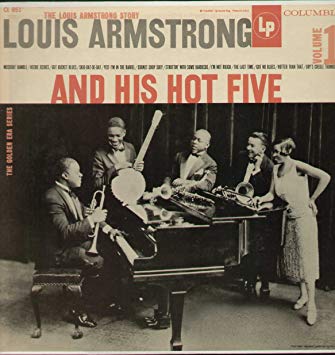 Shortly after we moved into the new house, one Saturday after lunch in the late summer of 1957, with no prior discussion that I can recall, my dad took me on a mystery shopping trip. We went down to Sam Goody’s in the west Forties, then the biggest record store in the city. He bought me a dozen LPs: Blind Lemon Jefferson, Bessie Smith, Ma Rainey, Louis Armstrong and his Hot Five, Kid Ory, Johnny Dodds, Sidney Bechet, Benny Goodman live at Carnegie Hall 1938, Chuck Berry, Little Richard, and Elvis Presley — the first albums by each of those last three — plus a few more. And a Webcor “portable” record player that would play 16, 33-1/3, 45, and 78 rpm records. I still have all those albums.
Shortly after we moved into the new house, one Saturday after lunch in the late summer of 1957, with no prior discussion that I can recall, my dad took me on a mystery shopping trip. We went down to Sam Goody’s in the west Forties, then the biggest record store in the city. He bought me a dozen LPs: Blind Lemon Jefferson, Bessie Smith, Ma Rainey, Louis Armstrong and his Hot Five, Kid Ory, Johnny Dodds, Sidney Bechet, Benny Goodman live at Carnegie Hall 1938, Chuck Berry, Little Richard, and Elvis Presley — the first albums by each of those last three — plus a few more. And a Webcor “portable” record player that would play 16, 33-1/3, 45, and 78 rpm records. I still have all those albums.
I have no idea what instinct led him to do this. Obviously he knew and enjoyed that music, the dixieland and swing and blues at least, because he asked the salesman for all of them, named and picked them all out himself. But we didn’t have any of it in the house, only a few old 78s — Josh White and Leadbelly and Paul Robeson — and some junky generic classical-music LPs. So it came from out of the blue.
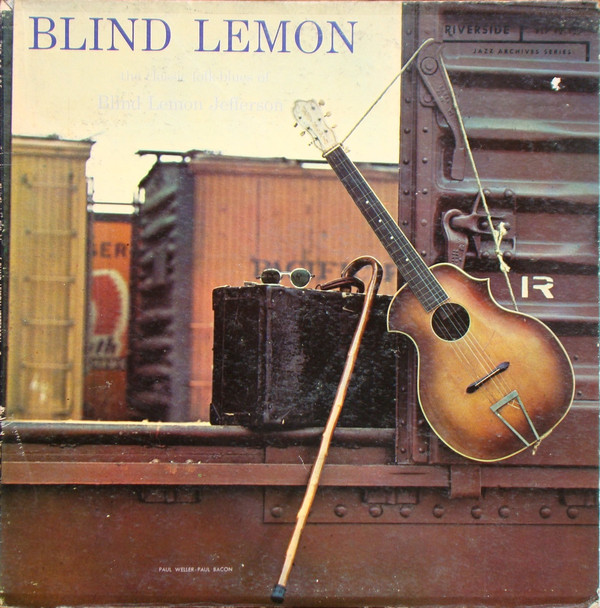 That music hit me like a ton of bricks. Talk about authentic voices! Talk about bearing witness, and a poetry of resistance! I became an instant teenage jazz and country-blues fan. I gradually worked my way from dixieland into swing and thence to early bop and from there to truly contemporary jazz, so that by 1959 I was listening to Charlie Parker and Miles Davis and by 1963 to Mingus, Coltrane, Cecil Taylor, and Ornette Coleman, as well as to Muddy Waters and Lightnin’ Hopkins and more contemporary electric urban blues players.
That music hit me like a ton of bricks. Talk about authentic voices! Talk about bearing witness, and a poetry of resistance! I became an instant teenage jazz and country-blues fan. I gradually worked my way from dixieland into swing and thence to early bop and from there to truly contemporary jazz, so that by 1959 I was listening to Charlie Parker and Miles Davis and by 1963 to Mingus, Coltrane, Cecil Taylor, and Ornette Coleman, as well as to Muddy Waters and Lightnin’ Hopkins and more contemporary electric urban blues players.
That music became the sonic backdrop of my adolescence. And what I absorbed from it osmotically — about voice, breath lines, pacing, tone, rhythm, harmony, dissonance, testifying, and the development of both sly and brash oppositional practice — formed my writing just as much as, if not more than, what I was reading. No way to put my finger on it for myself, or point it out to you, but I can hear traces of Robert Johnson’s phrasing, Billie Holiday’s shading, Miles Davis’s pauses, Charlie Parker’s melodic line, Max Roach’s brushwork infused into my writing in all forms.
Q: What were you reading?
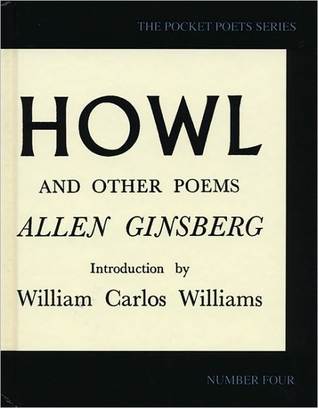 A: Everything. Or a reasonable cross-section thereof. By the age of 16, Kerouac, Burroughs, Genet, Beckett, Hemingway, Dos Passos, Richard Wright, Dalton Trumbo. Chaucer, Robert Browning, Hart Crane, Ginsberg, Ferlinghetti, Corso. I loved the Irish and Welsh writers more than the British: O’Casey, Behan, Synge, Dylan Thomas, a certain intoxicated wildness in their relation to English.
A: Everything. Or a reasonable cross-section thereof. By the age of 16, Kerouac, Burroughs, Genet, Beckett, Hemingway, Dos Passos, Richard Wright, Dalton Trumbo. Chaucer, Robert Browning, Hart Crane, Ginsberg, Ferlinghetti, Corso. I loved the Irish and Welsh writers more than the British: O’Casey, Behan, Synge, Dylan Thomas, a certain intoxicated wildness in their relation to English.
Damon Runyon, for his ear for New York dialects and slang. P. G. Wodehouse, for his send-up of the British class system. Several sci-fi writers — especially Alfred Bester, now considered the father of cyberpunk. Terry Southern, Paul Krassner, Lenny Bruce. Mezz Mezzrow. H. P. Lovecraft and Robert E. Howard. Dashiell Hammett. And Walt Kelly, for the rich, delicious, multi-layered Joycean punning of his dialogue in the cartoon strip Pogo.[1]
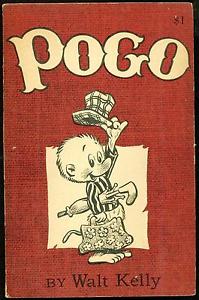 In short, following Archibald MacLeish’s advice, I dealt with influence like a boy in an apple orchard, “taking what I had an appetite for and could carry off.” Of course, you couldn’t actually announce many of the above-named influences as such at that time without people thinking you either frivolous or mad. It took many years — way after grad school — for me to identify and then state their importance to my work. Not because I was embarrassed to do so, but because they fell so far beneath the radar screen of what people (including myself) considered as conceivable influences on serious work.
In short, following Archibald MacLeish’s advice, I dealt with influence like a boy in an apple orchard, “taking what I had an appetite for and could carry off.” Of course, you couldn’t actually announce many of the above-named influences as such at that time without people thinking you either frivolous or mad. It took many years — way after grad school — for me to identify and then state their importance to my work. Not because I was embarrassed to do so, but because they fell so far beneath the radar screen of what people (including myself) considered as conceivable influences on serious work.
Q: What brought them to your awareness in this new way?
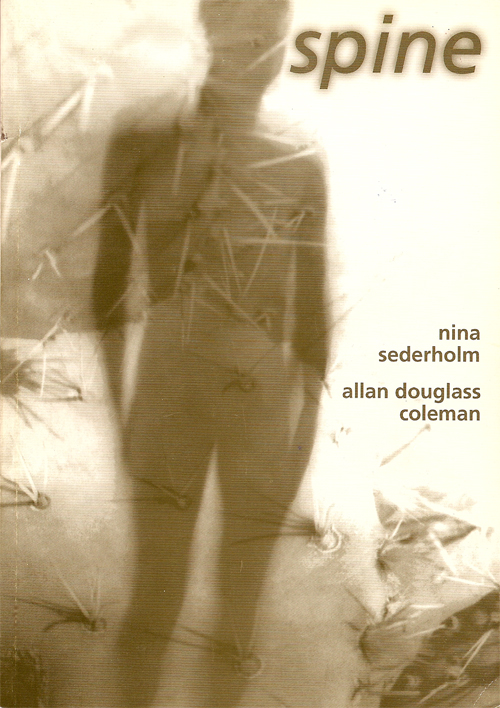 A: Long before I came back to poetry and fiction, readers of my essays had commented on the ease with which my writing could be read and understood, and a number of reviewers of my books had commented on what one of them described as my “shapely language.” I came to realize that this was because, even as a critic writing closely reasoned and sometimes scholarly pieces, or when producing what some now call “cultural journalism,” or as an occasional polemicist, I write for the ear as much as for the eye. Always. I hear all my writing as speech. If it doesn’t sound right when spoken aloud, I revise until it does.
A: Long before I came back to poetry and fiction, readers of my essays had commented on the ease with which my writing could be read and understood, and a number of reviewers of my books had commented on what one of them described as my “shapely language.” I came to realize that this was because, even as a critic writing closely reasoned and sometimes scholarly pieces, or when producing what some now call “cultural journalism,” or as an occasional polemicist, I write for the ear as much as for the eye. Always. I hear all my writing as speech. If it doesn’t sound right when spoken aloud, I revise until it does.
And, as speech, I require comprehensibility of it. I write nothing that I would not say, in those exact words, to someone else whose intelligence I respect. So the writing is ear-based, and speech-based. Which means it’s necessarily concerned with voice and tone. And also that it’s breath-based. Consider, for example, this poem from my first book of creative writing, spine, a collaboration with the Finnish photographer Nina Sederholm:
•
Panhandle
Sometimes it gets so large
out here that you can plainly
see just how someone could saddle
up at night and race on off
into the empty, shooting at the stars —
and why, when we all tracked them
down a few days later, sprawled
in that ravine, clearly there was nothing
for it, after much palaver, but to put
them both out of their misery:
the horse nigh dead, all busted
up, the man still breathing but
plumb useless in his head and not
about to mend anytime soon.
•
I’d propose that all those writers I just mentioned wrote for the ear, and that their lines, though very different from each other, all strike me as breath-based, whether in prose or poetry. Which brings us back to Olson, but also to Dylan, who once wrote, “My songs are exercises in tonal breath control.” …
•
[1] Six months after writing this I came across the following in Kenneth Koch’s homage to his mentor, Delmore Schwartz: “Believed Pogo to be at the limits of our culture./Pogo. Walt Kelly must have read Joyce Delmore said./Why don’t you ask him?” See “A Momentary Longing to Hear Sad Advice from One Long Dead,” in A Possible World (New York: Alfred A. Knopf, 2002), p. 9.
For some further comments on my relationship to Kelly and Pogo, scroll down to “The Yellow Rose of Amherst” in this December 24, 2015 post.
•
 Special offer: If you want me to either continue pursuing a particular subject or give you a break and (for one post) write on a topic — my choice — other than the current main story, make a donation of $50 via the PayPal widget below, indicating your preference in a note accompanying your donation. I’ll credit you as that new post’s sponsor, and link to a website of your choosing. Include a note with your snail-mail address (or email it to me separately) for a free signed copy of my 1995 book Critical Focus!
Special offer: If you want me to either continue pursuing a particular subject or give you a break and (for one post) write on a topic — my choice — other than the current main story, make a donation of $50 via the PayPal widget below, indicating your preference in a note accompanying your donation. I’ll credit you as that new post’s sponsor, and link to a website of your choosing. Include a note with your snail-mail address (or email it to me separately) for a free signed copy of my 1995 book Critical Focus!
 But wait! There’s more! Donate now and I’ll include a copy of The Silent Strength of Liu Xia, the catalog of the 2012-13 touring exhibition of photos by the dissident Chinese photographer, artist, and poet, currently in her sixth year of extralegal house arrest in Beijing. The only publication of her photographic work, it includes all 26 images in the exhibition, plus another 14 from the same series, along with essays by Guy Sorman, Andrew Nathan, and Cui Weiping, professor at the Beijing Film Academy.
But wait! There’s more! Donate now and I’ll include a copy of The Silent Strength of Liu Xia, the catalog of the 2012-13 touring exhibition of photos by the dissident Chinese photographer, artist, and poet, currently in her sixth year of extralegal house arrest in Beijing. The only publication of her photographic work, it includes all 26 images in the exhibition, plus another 14 from the same series, along with essays by Guy Sorman, Andrew Nathan, and Cui Weiping, professor at the Beijing Film Academy.


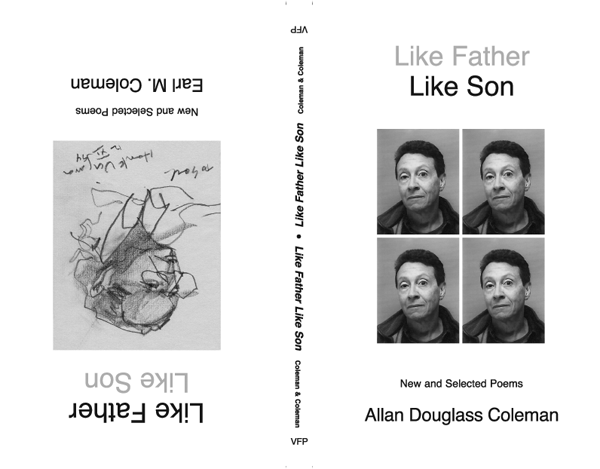
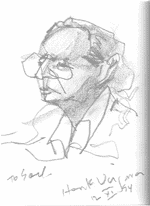
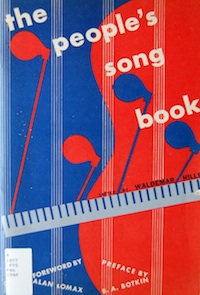




Pogo…..my father’s only beloved comic strip. He wasn’t into comics at all, and comic books were forbidden in our house (mind rotting junk!)….except for Pogo which he insisted I read. Have loved Pogo ever since and brought a book with me to EU and Scandinavia to introduce to the natives. Such odd details are the cement in the bricks of life.
Dear Allan,
I love your story about being taken to Sam Goody’s by your father to make the wholesale purchase of a foundational record collection, and the link to your writing for the ear. Of all the writers about photography, I have always most appreciated your clarity and generosity.
Nowadays a father who wished to do the same for his son could skip the trip to the record store, and simply prepare a list of links to a curated selection of online recordings. But it is no longer possible to contain the selection long enough to have it do its work before being swamped by other things. We recently purchased a small record player for our 4-year-old grandson, and have begun to make a small collection of vinyl for him. Perhaps it is impossible to replicate the kind of focused experience we had growing up in the analog age, but there is still a fascination with a material object that contains the sounds of human voices.
Frank
There’s something extremely personal in a playlist (and, before that, a mixtape) specifically prepared with an individual in mind. I’ve burned some CDs of carefully selected songs for my wife Anna, to celebrate birthdays, anniversaries, Valentine’s Days, etc. And those proved meaningful to both of us.
And you can’t do that with LPs. They lack that “personally made for you” touch. That this gift came from my father mattered, of course, on the level of family relationships, but I don’t know that this music would have had any less impact on me if I’d won the records and the Webcor player in a raffle.
However, because I not only listened to that music over and over but read the albums’ liner notes, and bought books about the history of jazz and blues to fill in the gaps, I came to understand that while this music came new to my ears it had originated and been played live and recorded and reached many listeners during the lifetimes of the adults around me — that it existed “within living memory.” That sense of its presence within the cultural DNA as part of the people’s history meant something important, though I couldn’t have articulated it at the time.
And yes, the fact that this music had gotten recorded and distributed via analog methods gave it a certain physical presence, tangible and tactile, that digital files don’t have. Something analogous to words in printed media.
And that is why your writing is so engaging!